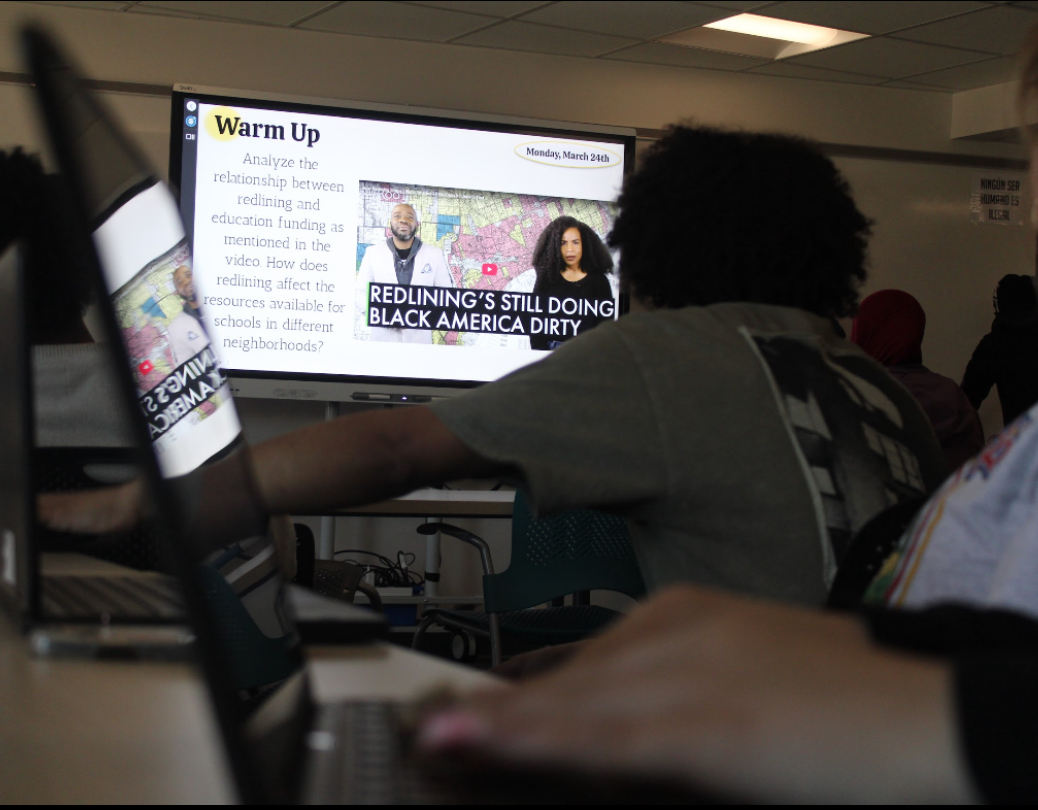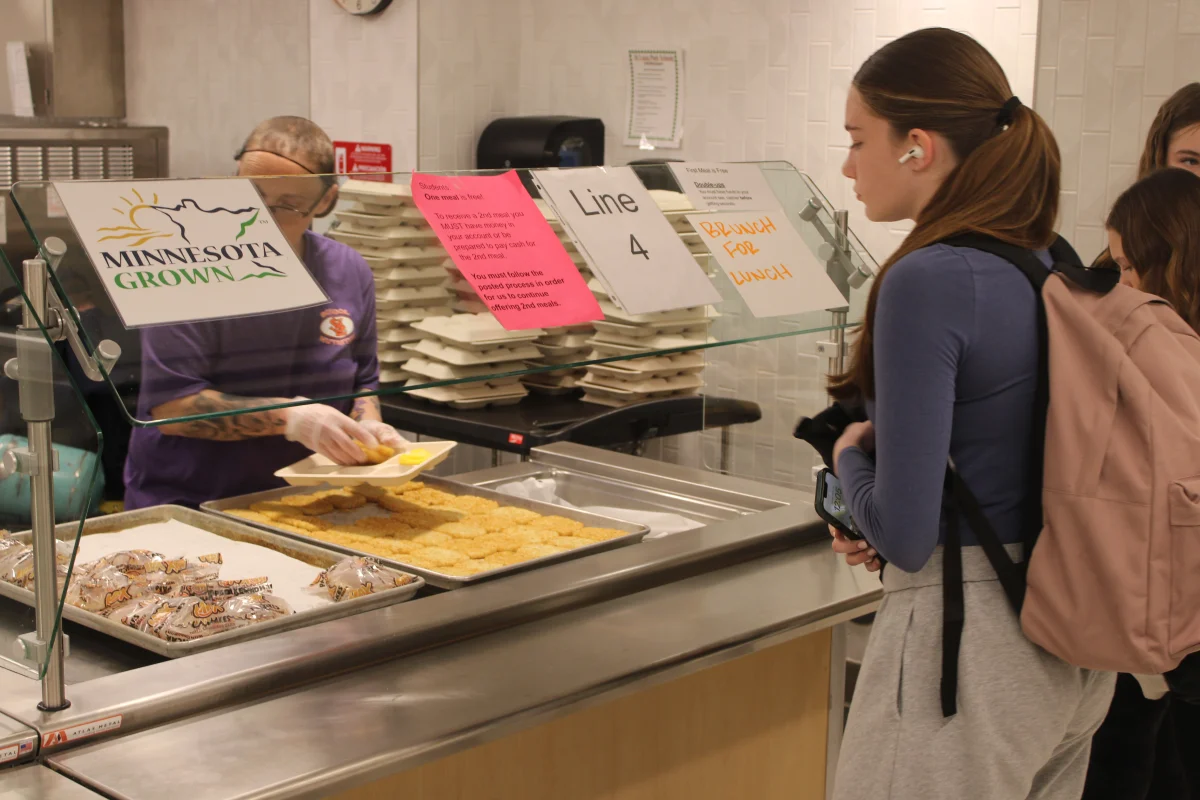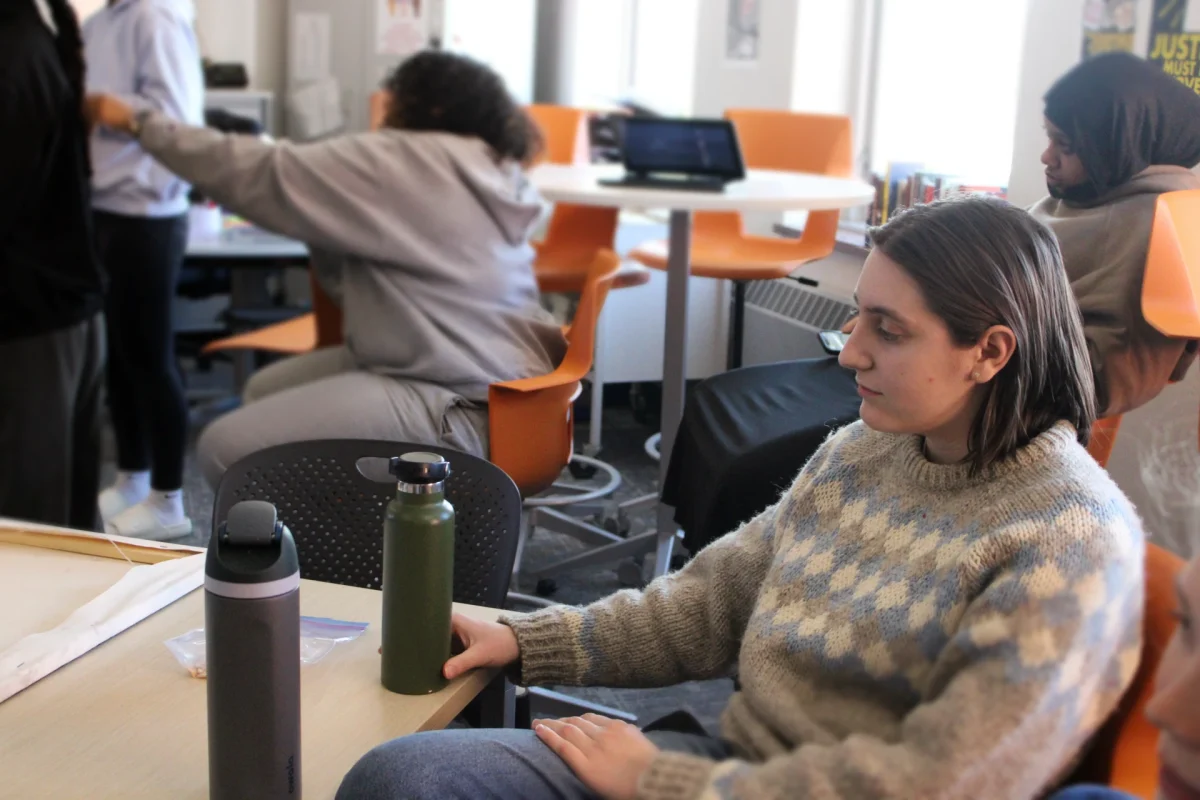Running clubs comes with many challenges: coming up with activities, recruiting new members and budgeting costs. But over the years, extracurriculars have become more and more difficult to maintain. Several clubs have gone defunct due to lack of participants, and the trend doesn’t seem to be changing anytime soon.
This year, Park admin has decided to implement a $25 per club policy for all non-service based clubs, but provides no additional funding from the club fees. Instead they suggest that clubs charge additional fees themselves, causing clubs to become even more inaccessible. Even if families can afford a $25 fee for a singular club, joining more clubs soon stacks up. Joining four clubs totals to $100, which over four years totals to $400 by graduation. While Park exempts fees for students who qualify for educational benefits, the policy draws money away from the clubs instead of supplementing it to the club members, and still excludes many families who don’t fall into that category. When most clubs require an investment, many students feel the pressure to only choose clubs they know they like, and not consider new paths which can help them become a well-rounded student.
Another issue this school faces with clubs is transportation — many students who want to participate in clubs are unable to meet times because of lack of transportation. The limited transportation that is available is not advertised well, once again driving away potential club members. Many students cannot afford a car, and are dependent on parents to drive them to and from school outside of regular hours. This especially goes for underclassmen who are too young to drive a car regardless. Park continues to forget how vital clubs are, accounting for a large part of your application. Yet by neglecting how administration can actively encourage clubs, we will continue to see a decline in participation.
In addition to this, clubs continue to struggle because of a lack of solidarity between students regardless of grades. In some cases, whenever a certain grade graduates it takes the majority of members with them, then leading to there being few members to run the club until it goes inactive once more. Students are hesitant to trust each other, which is one of the key factors of clubs, which is to build community.
My final reason is a lack of transparency from administration on what clubs are and aren’t allowed to do. For example, fundraisers are often used to bridge the gaps for fundraising but when club organizers attempt to do things, they are met with a million forms and rules they need to comply with. This causes clubs to have less fundraisers, and with smaller budgets, the activities become less enticing for students, once again causing drops in enrollment.
Overall, Park’s environment and expectations for clubs is quite hostile and will continue to cause declining interest unless administration gives clubs financial and logistical support in the coming years.










